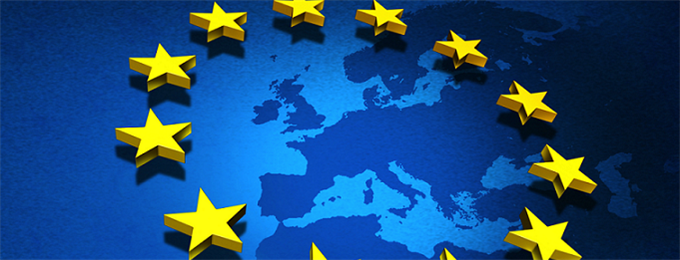The incoming MEPs convened for a first time and assembled the committees. We can welcome the first female Commission President and see back some familiar faces.
After the elections in May (see SwissCore article) and lots of moving of chairs and offices in the European quarter of Brussels, the month of July saw at least part of the main actors take their seats.
The most important seat is of course the one assigned last. On 16 July, the European Parliament (EP) elected Ursula von der Leyen as President of the European Commission (EC), the first women in this position ever. In her speech to the EP plenary that evening, she also touched upon education. She recalled that young people want to have a future and need support for training and getting jobs, and she backed the EP’s bid to triple the Erasmus+ budget as part of the next long-term budget. During a live-streamed hearing on 10 July with the Green/European Free Alliance group, von der Leyen highlighted the importance of sustainable development, urging that Europe needs to modernise its industry and therefore has to focus on research, clean technology and green investment. She pledged that under her leadership the EC would work towards cutting carbon emissions by 50 percent of 1990 levels by 2030 (the current EU target is at least a 40% cut of CO2 emissions). Furthermore, von der Leyen proposed that an independent council of scientists would monitor the progress made in achieving that goal. However, before she takes action, her most important task in consultation with EU member states and in hearings with the EP will now be to assemble her College of Commissioners for 1 November 2019. Moreover, we can expect more women, as she called for full gender equality in the College.
While the Commission is still assembling, the Parliament is now already back to operational mode. In its first plenary meeting from 2-4 July, the EP elected the Italian Social Democrat (SD) David Sassoli as the next EP President for two-and-a-half years. In the afternoon of 4 July, Members of the Parliament (MEPs) approved the size of all EP committees and subcommittees. The political groups further confirmed their composition later on the same day. The composition of the committees should if possible reflect the composition of the EP as a whole with respect to nationalities and parties.
The Committee on Culture and Education (CULT) will consist of 31 MEPs under the lead of Sabine Verheyen from the European People’s Party (EPP) in Germany. She is well acquainted with the dossier, since she has been a member of CULT since 2009.
Research and Innovation are under the auspices of the Committee on Industry, Research and Energy (ITRE), a large committee with 72 members, which will have the biggest say on the EP’s position towards the new framework programme for research and innovation, Horizon Europe. Back in ITRE we find Christian Ehler (EPP, Germany) and Dan Nica (SD, Romania) who acted as rapporteurs for Horizon Europe in the last legislation period and are thus the best acquainted with the file. They are joined by other long-term ITRE members including Jerzy Buzek (EPP, Poland) who is the former chairman of the committee and Eva Kaili (SD, Greece), as well as a crop of young new MEPs. On 10 July, the committee elected Adina-Ioana Vălean as its chair. First committee meetings will already happen as we speak.
We will see over the next months how the new EP will deal with education, research and innovation and whether they will succeed in achieving a tripled Erasmus+ budget and an increased budget for Horizon Europe, as their predecessors have demanded.

